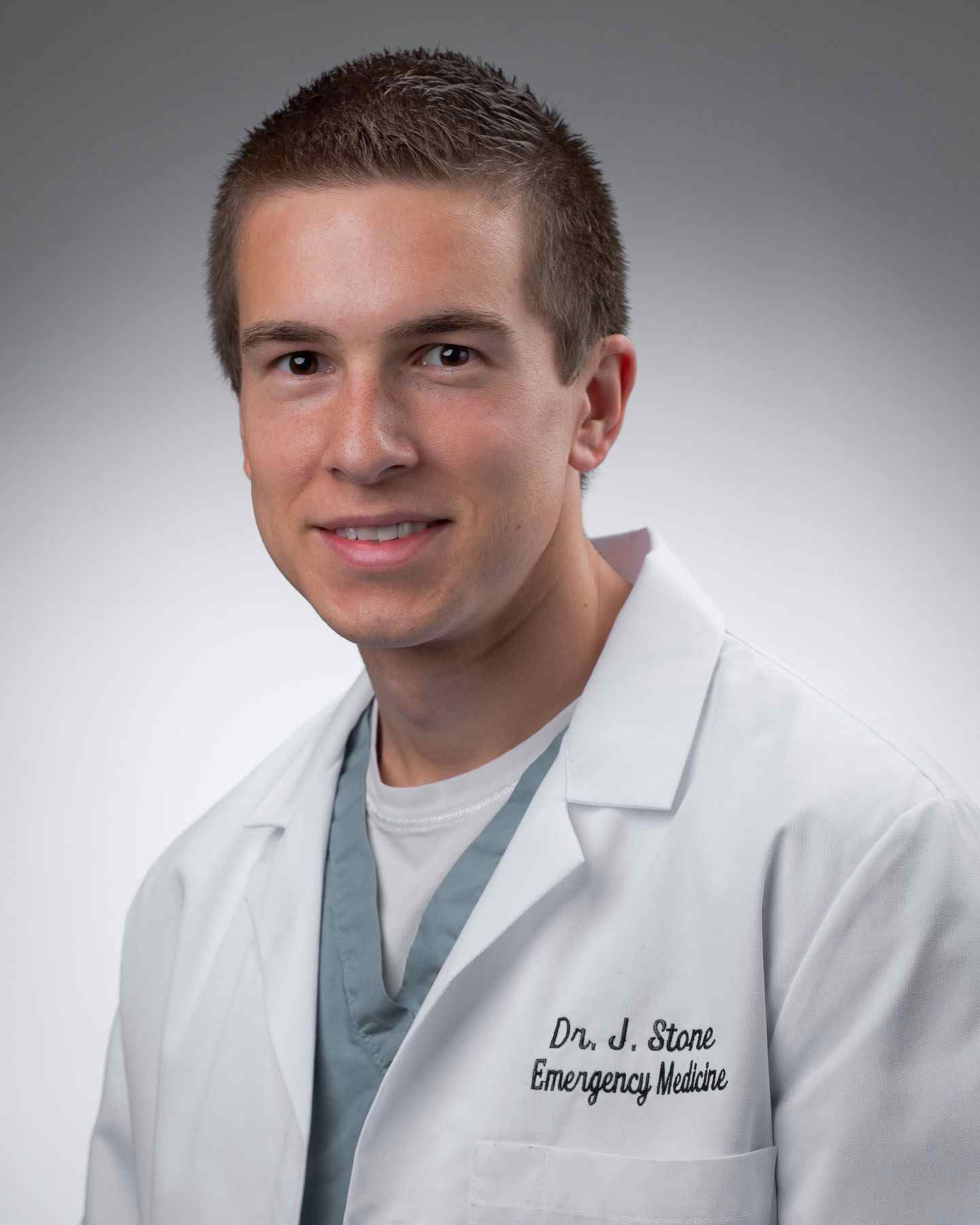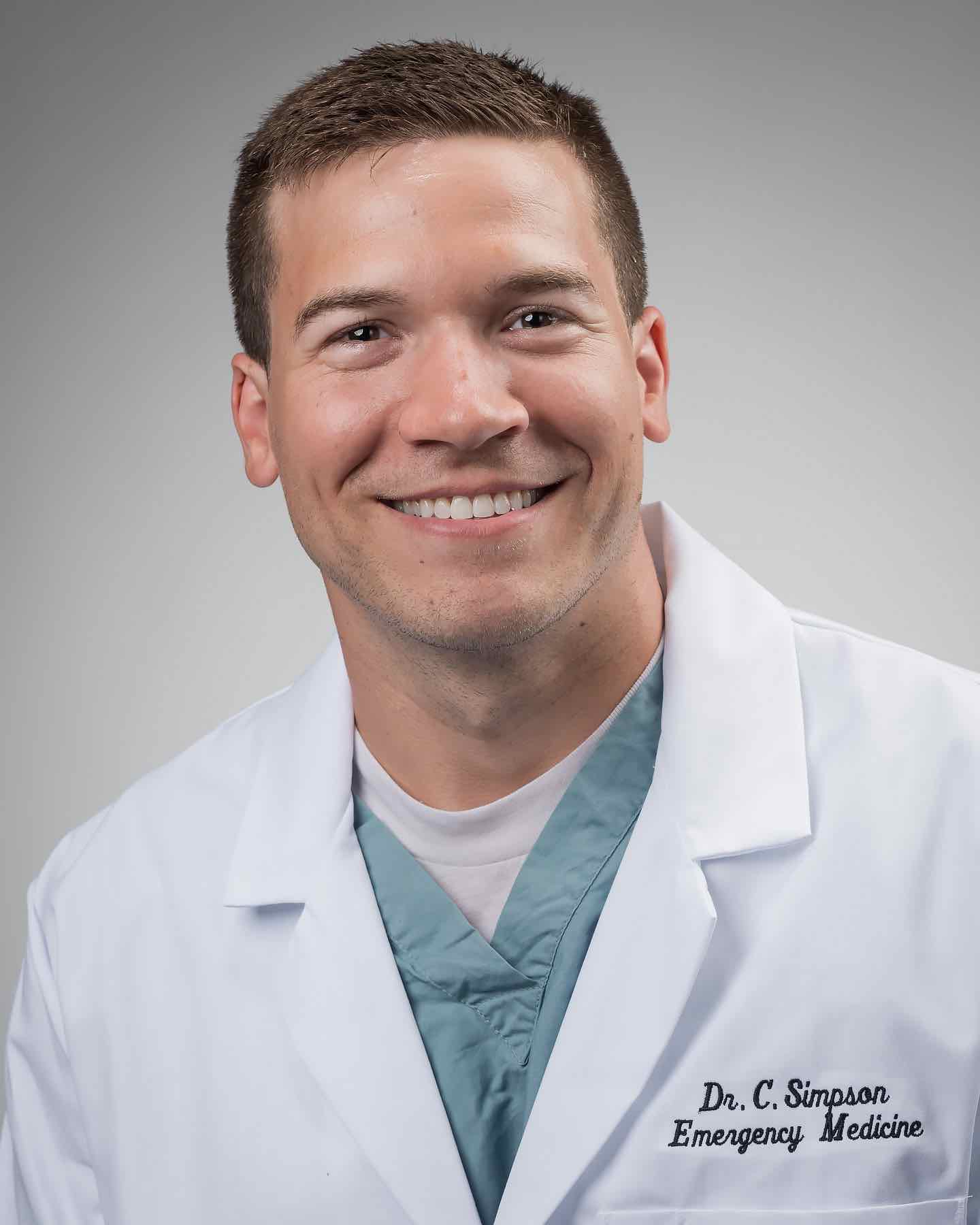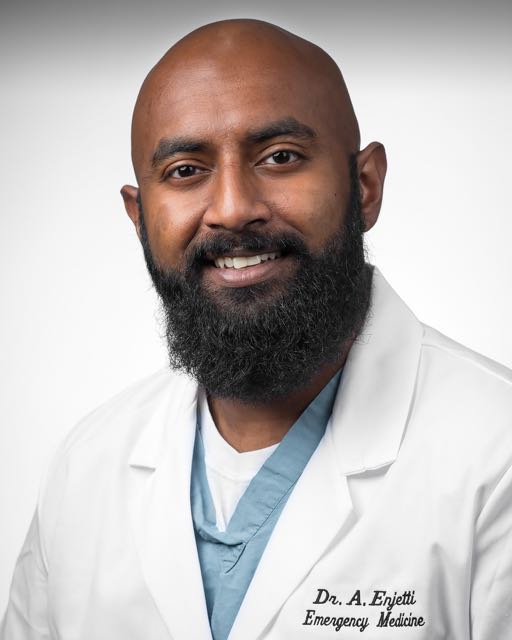Nicaragua 2017 - Simpson, Enjetti, and Stone
Mobile clinics in Nicaragua



Jared Stone, MD (pictured left) is a graduate of the University of South Carolina School of Medicine and a member of the Palmetto Health EM class of 2017. Christian Simpson, MD (pictured centered) is a graduate of the University of North Carolina Medical School and a member of the Palmetto EM class of 2018. Alan Enjetti, MD (pictured right) is a graduate of Marshall University School of Medicine and a member of the Palmetto EM class of 2019.

It was our privilege to spend a week in Nicaragua providing medical care as a team from Northeast Presbyterian Church. Nothing can fully prepare you for the extreme poverty and healthcare disparities that so many people endure. We spent most days in the clinic at two different communities and saw a wide range of pathology. We had one free day, in which we hiked around a volcano and then browsed through items in a local market. We brought several large duffle bags from Columbia full of medical supplies, and we devoted our first full day to sorting vitamins and other medications and organizing boxes of gloves and bandages.
On Monday and Tuesday, we traveled to Crista Ray, which is among the most destitute communities neighboring the capital city of Managua. It borders an open landfill, where people rummage through garbage looking for food or something of value that could be sold. There was no fence, and so trash from the dump would blow across the street and into the neighboring homes. Children would wander through the landfill, as well. One day, several children were

playing a pick-up game of baseball amidst piles of trash within the dump. Each morning when we arrived at the clinic, there was already a line extending about 20 yards from the barbed-wire entrance with people waiting to be seen. News had spread that a group of American doctors had arrived, and we were quickly overwhelmed by the number of people requesting medical attention. It was recommended that we prescribe all adults and children Albendazole due to the pervasiveness of parasitic infections, and an iron-fortified multivitamin to all children due to poor dietary intake. The pharmacy was well-stocked with a variety of antibiotics, antihypertensives, non-narcotic analgesics, and several other types of medications. The variety of illnesses that we encountered was impressive, and ranged from common chronic conditions like hypertension and diabetes to acute infections and

gastrointestinal complaints. Documentation was minimal, and consisted of a large note-card where you could write down anything you believe the next provider would want to know about the patient. Our interpreters were Nicaraguans, most from nearby Managua, who also spoke English. Although they were not trained in medical Spanish interpretation, most were exceptional and facilitated our interaction with the patients.
On Thursday and Friday, we drove to San Juan. The journey was beautiful with mountains in the horizon and smoking volcanoes in the distance. Lean cattle and trash littered the immediate highway until we made it outside of Managua. Through our drive, we passed by the closest hospital to our destination, which is still an approximately 45 minute bus ride away in

Tipitapa. Upon arrival in San Juan, we were greeted to a brand-new five room clinic where the plumbing and electricity had been completed just two nights prior. In this christening event of the clinic, we were able to see nearly 400 patients between three emergency residents, one local primary care physician, and a dentist. Medical complaints were similar to the patient’s that we saw in Crista Ray. Entire families with up to seven people crowded the small examination room. Several people were taken to the hospital by the local preacher for further evaluation for symptoms that were consistent with pulmonary tuberculosis, scrofula, diabetic ketoacidosis, malaria and hypertensive emergency, amongst other less severe complaints. We had the opportunity to visit people’s homes in the afternoon. One family had moved from elsewhere and had come to San Juan for a better life. They were a six-person

family, all living underneath a lean-to that had garbage bag and torn bed sheets for a roof. They slept on cardboard boxes and had neither water nor electricity. Amazingly, this was better than their previous living arrangements. Despite this they were upbeat, positive and grateful for the care that we had rendered.
As we drove home, one couldn’t help but ponder what impact we had left. Although we provided good care, there remains a void of physicians and other healthcare professionals to provide routine follow-up care. The people are limited by huge socioeconomic factors including transportation, limited access to pharmacies, limited income and having to decide whether they will purchase healthcare or food. Although global health sustainability is a much larger problem to solve, being aware of these issues is valuable. Overall, this short-term global health experience was a tremendous opportunity that we are grateful for and would recommend this trip to future residents.













 Back to Locations List
Back to Locations List